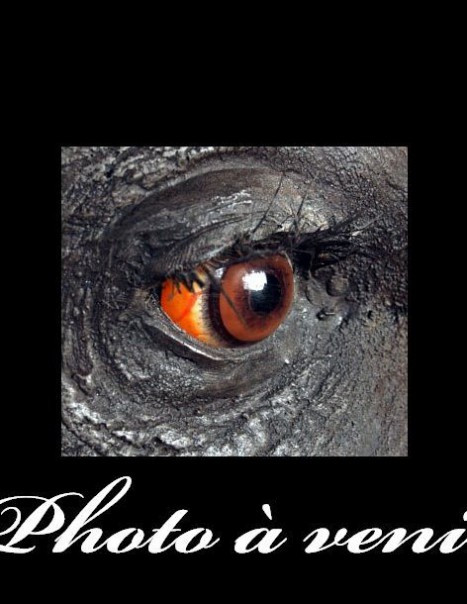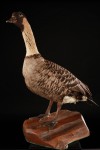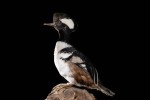Schalow’s Turaco – Tauraco schalowi
Schalow’s Turaco – Tauraco schalowi
The Schalow’s turaco is a common bird. It is found in Angola, Botswana, Democratic Republic of Congo, Kenya, Malawi, Namibia, Tanzania, Zambia and Zimbabwe. It lives in forests and wetland forest areas, from 600 to 2500 meters. It prefers open forests and forest galleries.
It has a long ridge from 8 to 12 cm. This is probably the longest ridge in the turacos family.
The adult male has green plumage overall. The wings are darker green with primaries crimson. The long tail is dark blue to purple. The short, strong beak is red. The eyes are dark brown, with a large naked red eye ring. Both sexes are similar. Juvenile has shorter crest.
It feeds mainly on fruits and berries. It is mostly arboreal and occasionally comes to the ground to drink and bathe. It feeds mainly on fruits and berries, wild or cultivated. It is vegetarian and also consumes some flowers and buds. During the breeding season, it can capture caterpillars, insects, snails, slugs and termites.
It is very territorial. Members of the same family remain in groups for a long time. Schalow’s turacos live in territorial pairs throughout the year and vigorously defend their territory. Family groups can travel long distances to feed on a tree. It does not fly very well but is capable of moving in the canopy with great agility.
The breeding season varies according to the region and the nest is usually a flat structure and loose, made with sticks and twigs, placed between 3 and 10 meters above the ground. The nest is in a tree or bush in the most dense parts of vegetation.
The female lays two white or grayish-white eggs. Incubation lasts about 20 to 22 days, shared by both parents. The chicks are fed by regurgitation by adults.
Young are able to leave the nest about two to three weeks after birth. They remain in the branches around the nest until they can fly, at the age of four or five weeks. They depend on their parents long after their first flight, usually for several weeks.
Predators to the nest is mostly raptors, but monkeys and snakes also attack young in the nest or take eggs. However, this species is not currently threatened.





